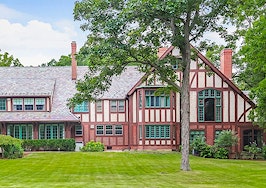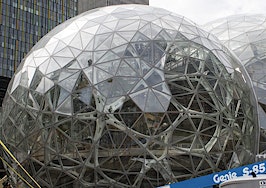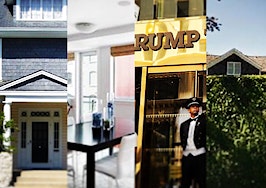New York City is a fascinating place for lots of reasons, not the least of which is its housing. Just when you think the metro area is totally built up and couldn’t possibly fit another structure, developers find new places to construct their next project.
Now, developers aren’t psychic, but the neighborhoods in which they seek and obtain new building permit approvals reflect their best guesses of the markets that are: most likely to be in-demand; fetch profitable prices; and are zoned favorably to allow them to develop the projects they want.
As such, a new rundown of the top 20 NYC neighborhoods by number of approved building permits from local startup Localize, a company that seeks to provide a wealth of information about every address in the Five Boroughs, is revealing in its look at what neighborhoods are getting the most developer attention.
Long Island City (Queens): 1,436
East New York (Brooklyn): 1,200
Melrose (Bronx): 1,027
Bed-Stuy (Brooklyn): 848
Financial District (Manhattan): 813
Mott Haven (Bronx): 733
East Harlem (Manhattan): 732
Crotona Park East (Bronx): 731
East Tremont (Bronx): 705
Williamsburg (Brooklyn): 677
Bushwick (Brooklyn): 606
Longwood (Bronx): 560
Lower East Side (Manhattan): 541
Bedford Park (Bronx): 470
Flushing (Queens): 454
Coney Island (Brooklyn): 452
Crown Heights (Brooklyn): 428
Tremont (Bronx): 417
Central Harlem (Manhattan): 414
Hudson Square (Manhattan): 402
Localize looked at the approved permits from the public New York City Department of Buildings database during the 12-month-period between July 1, 2017 – July 1, 2018. What the startup found was that the Bronx led the pack, taking up seven of the top 20 neighborhoods, followed by Brooklyn (six), Manhattan (five), and Queens (two). Poor Staten Island didn’t even make the cut!
Noted hipster haven (and my former home) Williamsburg came in 10th on the list, perhaps an indication of its luster cooling off, while the more buttoned-up Financial District placed ahead of it as number five. But the real story in the data is the rise of the Bronx and the comparative slowness of Queens.












